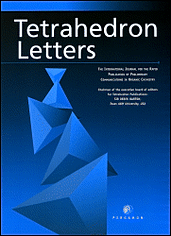
“Several studies showed a potential anti-tumor role for cannabinoids, by modulating cell signaling pathways involved in cancer cell proliferation, chemo-resistance and migration.
Cannabidiol (CBD) was previously noted in multiple myeloma (MM), both alone and in synergy with the proteasome inhibitor bortezomib, to induce cell death.
In other type of human cancers, the combination of CBD with Δ9-tetrahydrocannabinol (THC) was found to act synergistically with other chemotherapeutic drugs suggesting their use in combination therapy.
In the current study, we evaluated the effects of THC alone and in combination with CBD in MM cell lines.
We found that CBD and THC, mainly in combination, were able to reduce cell viability by inducing autophagic-dependent necrosis.
Moreover, we showed that the CBD-THC combination was able to reduce MM cells migration by down-regulating expression of the chemokine receptor CXCR4 and of the CD147 plasma membrane glycoprotein.
Furthermore, since the immuno-proteasome is considered a new target in MM and also since carfilzomib (CFZ) is a new promising immuno-proteasome inhibitor that creates irreversible adducts with the β5i subunit of immuno-proteasome, we evaluated the effect of CBD and THC in regulating the expression of the β5i subunit and their effect in combination with CFZ.
Herein, we also found that the CBD and THC combination is able to reduce expression of the β5i subunit as well as to act in synergy with CFZ to increase MM cell death and inhibits cell migration.
In summary, these results proved that this combination exerts strong anti-myeloma activities.”








